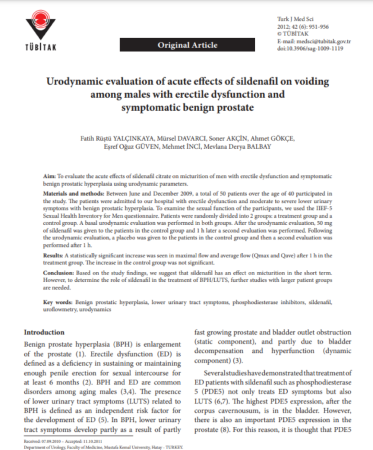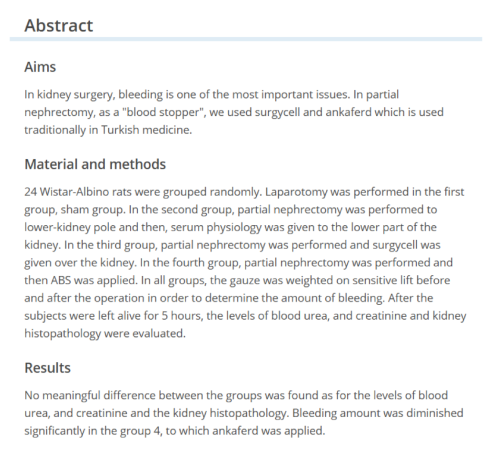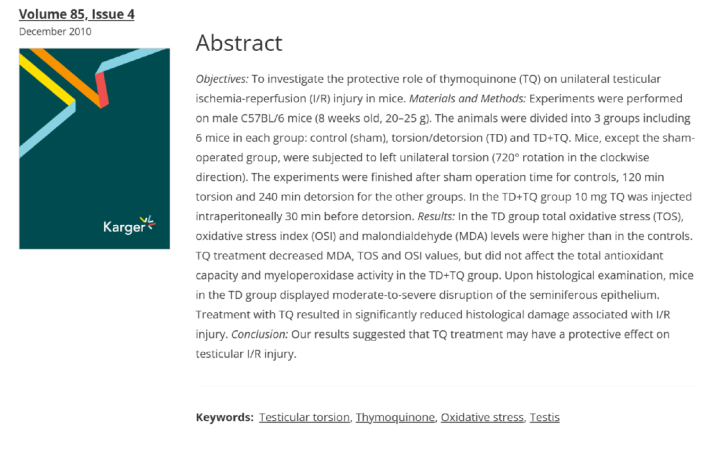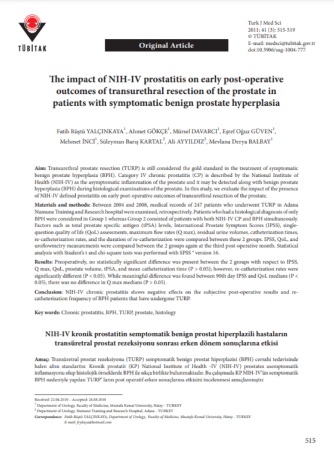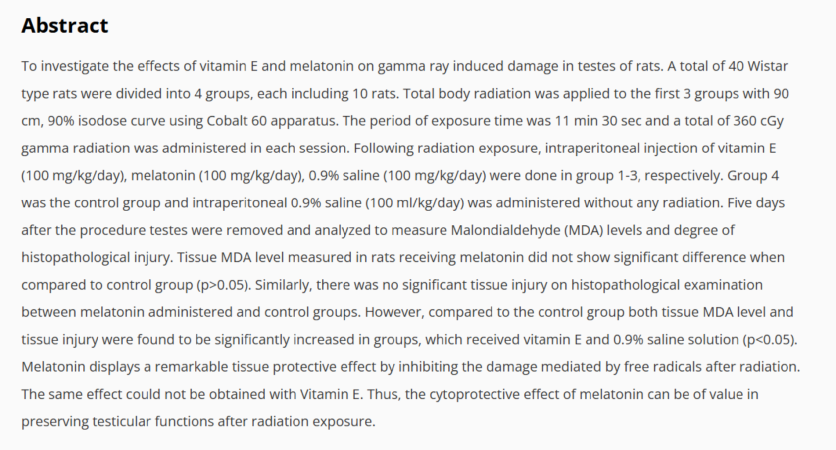Group
Urodynamic evaluation of acute effects of sildenafil on voiding among males with erectile dysfunction and symptomatic benign prostate Abstract To evaluate the acute effects of sildenafil citrate on micturition of men with erectile dysfunction and symptomatic benign prostatic hyperplasia using urodynamic parameters. Materials and methods: Between June and December 2009, a total of 50 patients over the age of 40 participated in the study. The patients were admitted to our hospital with erectile dysfunction and moderate to severe lower urinary symptoms with benign prostatic hyperplasia. To examine the sexual function of the participants, we used the IIEF-5 Sexual Health Inventory for Men questionnaire. Patients were randomly divided into 2 groups: a treatment group and a control group. A basal urodynamic evaluation was performed in both groups. After the urodynamic evaluation, 50 mg of sildenafil was given to the patients in the control group and 1 h later a second evaluation was perform
Aims In kidney surgery, bleeding is one of the most important issues. In partial nephrectomy, as a “blood stopper”, we used surgycell and ankaferd which is used traditionally in Turkish medicine. Material and methods 24 Wistar-Albino rats were grouped randomly. Laparotomy was performed in the first group, sham group. In the second group, partial nephrectomy was performed to lower-kidney pole and then, serum physiology was given to the lower part of the kidney. In the third group, partial nephrectomy was performed and surgycell was given over the kidney. In the fourth group, partial nephrectomy was performed and then ABS was applied. In all groups, the gauze was weighted on sensitive lift before and after the operation in order to determine the amount of bleeding. After the subjects were left alive for 5 hours, the levels of blood urea, and creatinine and kidney histopathology were evaluated. Results No meaningful difference between the groups was found as for the levels
Abstract Objectives: To investigate the protective role of thymoquinone (TQ) on unilateral testicular ischemia-reperfusion (I/R) injury in mice. Materials and Methods: Experiments were performed on male C57BL/6 mice (8 weeks old, 20–25 g). The animals were divided into 3 groups including 6 mice in each group: control (sham), torsion/detorsion (TD) and TD+TQ. Mice, except the sham-operated group, were subjected to left unilateral torsion (720° rotation in the clockwise direction). The experiments were finished after sham operation time for controls, 120 min torsion and 240 min detorsion for the other groups. In the TD+TQ group 10 mg TQ was injected intraperitoneally 30 min before detorsion. Results: In the TD group total oxidative stress (TOS), oxidative stress index (OSI) and malondialdehyde (MDA) levels were higher than in the controls. TQ treatment decreased MDA, TOS and OSI values, but did not affect the total antioxidant capacity and myeloperoxidase activity in the TD+TQ group. Up
Abstract Transurethral prostate resection (TURP) is still considered the gold standard in the treatment of symptomatic benign prostate hyperplasia (BPH). Category IV chronic prostatitis (CP) is described by the National Institute of Health (NIH-IV) as the asymptomatic inflammation of the prostate and it may be detected along with benign prostate hyperplasia (BPH) during histological examinations of the prostate. In this study, we evaluate the impact of the presence of NIH-IV defined prostatitis on early post-operative outcomes of transurethral resection of the prostate. Materials and methods: Between 2004 and 2008, medical records of 247 patients who underwent TURP in Adana Numune Training and Research hospital were examined, retrospectively. Patients who had a histological diagnosis of only BPH were considered in Group 1 whereas Group 2 consisted of patients with both NIH-IV CP and BPH simultaneously. Factors such as total prostate specific antigen (tPSA) levels, International Prosta
This study investigates the protective effects of Vitamin E and Melatonin against gamma ray-induced damage in rat testes. A total of 40 Wistar rats were divided into four groups. The first three groups were exposed to 360 cGy gamma radiation using a Cobalt-60 apparatus. After radiation exposure, the first group received Vitamin E (100 mg/kg/day), the second group received Melatonin (100 mg/kg/day), and the third group received 0.9% saline solution. The fourth group served as the control group and received only saline without radiation. Five days later, the rats’ testes were removed and analyzed for Malondialdehyde (MDA) levels and histopathological damage. The Melatonin group showed no significant difference in MDA levels and tissue damage compared to the control group (p>0.05). However, in the Vitamin E and saline groups, both MDA levels and tissue damage were significantly increased (p<0.05). In conclusion, Melatonin demonstrated a strong protective effect by preventing free ra
